After co-authoring a study in the journal “Toxics” on mercury in tuna products, our audience wanted more specific brand information. Since the study data was blind and did not showcase brand results, we decided to do our own additional testing of all the tuna products consumed by our audience. Which tuna brands are the safest from toxic mercury? You’ve trusted Mamavation to bring you topics like (1) safest coffee tested for pesticides and PFAS “forever chemicals,” (2) safest cooking oils tested for toxic phthalates, (3) safest protein powders tested for pesticides, PFAS, phthalates, & heavy metals, & (4) safest green teas tested for PFAS “forever chemicals,” now join us for another consumer study on mercury in tuna brands.
Disclosure: This consumer study is released in partnership with Environmental Health News. Scientific reviews were performed by (1) Linda S. Birnbaum, Scientist Emeritus and Former Director of the National Institute of Environmental Health Sciences and National Toxicology Program & Scholar in Residence at Duke University, Adjunct Professor at the University of North Carolina, & Yale University, (2)Terrence Collins, Teresa Heinz Professor of Green Chemistry & Director of the Institute for Green Sciences at Carnegie Mellon University Donations were provided by Environmental Health News and Mamavation community members. Note that Mamavation has only “spot-checked” the industry and thus we cannot make predictions about brands and products that we have not tested. Products and manufacturing aides can change without notice so buyer beware. This post contains affiliate links, with some to Amazon, which means Mamavation will receive a portion of those sales and we will use that to pay ourselves back for the testing. You can also give a tax-deductible donation to our consumer studies here through Environmental Health Sciences. Thank you! Copyright © 2025 Mamavation — All Rights Reserved

Table of Contents
Mamavation Found Mercury in Tuna Brands After Co-Authoring a Similar Study in 2025
Mamavation’s EPA-certified laboratory found mercury after analyzing 34 tuna products. Mercury is a known neurotoxin and carcinogen, a widespread contamination issue in tuna across the globe. This chemical is linked to serious health effects, including developmental neurotoxicity, with lower amounts causing problems with fine motor coordination, speech, sleep, walking, and prickly sensations. Because mercury is so toxic and exposure to seafood is a primary route of exposure, Mamavation has commissioned our own scientific studies on mercury in tuna products. Read Mamavation’s articles on these products to find which brands have the lowest amounts of mercury.
After analyzing 34 tuna products, some trends emerged.
- Mercury was found in 100% of tuna products; however, none exceeded the FDA’s limit for mercury in tuna served to adults. That limit is 1000 parts per billion (ppb) mercury.
- 82% of tuna products tested were not safe for pregnant women and children according to limits set forth by the FDA. The FDA sets that limit at 46 ppb mercury. 28 products out of 34 tested above 46 ppb of mercury.
- No albacore tuna products tested by our lab would be considered “safe” for pregnant women and children. All 10 albacore products were above 46 ppb of mercury.
- 22% of skipjack tuna products tested by our lab would be considered “safe” for pregnant women and children. 2 out of 9 skipjack tuna products were below 46 ppb of mercury.
- 29% of yellowfin tuna products tested by our lab would be considered “safe” for pregnant women and children. 2 out of 7 yellowfin tuna products were below 46 ppb of mercury.
- 25% of chunk light tuna products tested by our lab would be considered “safe” for pregnant women and children. 2 out of 8 chunk light tuna products were below 46 ppb of mercury.
Linda S. Birnbaum, Scientist Emeritus and Former Director of the National Institute of Environmental Health Sciences and National Toxicology Program & Scholar in Residence at Duke University, Adjunct Professor at the University of North Carolina, & Yale University, had this to say after reviewing our consumer study: “It’s so disappointing how prevalent mercury is in fish, especially in terms of tuna. We recommend limiting the use of tuna for pregnant women and small children. In fact, grown adults should be limiting their use of tuna as well, but Mamavation has provided us with a good “spotcheck” of the industry to at least find safer alternatives.”
Mercury in Tuna is Found Consistently Across Studies
A study co-authored by Mamavation & published in 2025 in Toxics found that mercury (Hg) concentrations across tuna products have remained stable over the past two decades. In other words, mercury contamination in tuna has not improved in the last two decades, especially in terms of albacore tuna. After measuring total Hg in 148 pre-processed, packed seafood products, including (1) tuna, (2) other bony fish, and (3) shellfish and squid, some trends emerged.
- Albacore had the highest average of 396.4 ng/g mercury
- Yellowfin had an average of 68.3 ng/g of mercury
- Chunklight tuna had an average of 122.1 ng/g of mercury
- Skipjack tuna had an average of 145 ng/g of mercury
In addition to tuna, we found mercury in shellfish and squid:
- Herring had an average of 54 ng/g mercury
- Crab had an average of 78.2 ng/g of mercury
- Clams had an average of 7.8 ng/g of mercury.
- Oysters had an average of 14.9 ng/g of mercury.
- Scallops had an average of 17.5 ng/g of mercury.
- Squid had an average of 31.3 ng/g of mercury.
We also looked into other boney fish and found mercury:
- Anchovies had an average of 16.8 ng/g of mercury
- Herring had an average of 54 ng/g of mercury.
- Mackerel had an average of 33.7 ng/g of mercury.
- Sardines had an average of 16.9 ng/g of mercury.
- Salmon had an average of 18.7 ng/g of mercury.
- Trout had an average of 12.6 ng/g of mercury.
Another consumer study published by Consumer Reports in 2023 found similar levels of mercury in albacore tuna. They were able to look at five very popular brands and give recommendations, but our audience wanted more variety to look at. Overall, all these studies underscore the variability of Hg concentrations across species and brands and the need for continued monitoring to protect consumers. Mamavation then asked our audience what specific tuna products they were using and received donations of those products to test. Our testing had similar results, which we will discuss at the bottom of this post.
[Scott Belcher Quote]Food & Drug Administration (FDA) & Mercury Exposure in Tuna Products
The Food & Drug Administration (FDA) created an action level of 1 PPM (i.e. 1000 ng/g) for tuna products that you can purchase in the store. It also has action levels for when you go fishing in a lake for fun OR when you go fishing in a lake or ocean to survive and eat (subsistence). You’ll notice that the action levels for subsistence are far lower than those for commercial products to protect individuals who eat fish to survive.
- Commercial tuna products: 1 ppm (1000 ng/g)
- Recreation tuna: 0.4 ppm (400 ng/g)
- Subsistence tuna: 0.049 ppm (49 ng/g)
Most brands of tuna exceed the limits put on them for subsistence or even recreational tuna. Therefore, the recommendations are to limit your consumption of tuna, especially if you are pregnant in order to keep your levels of mercury in check.
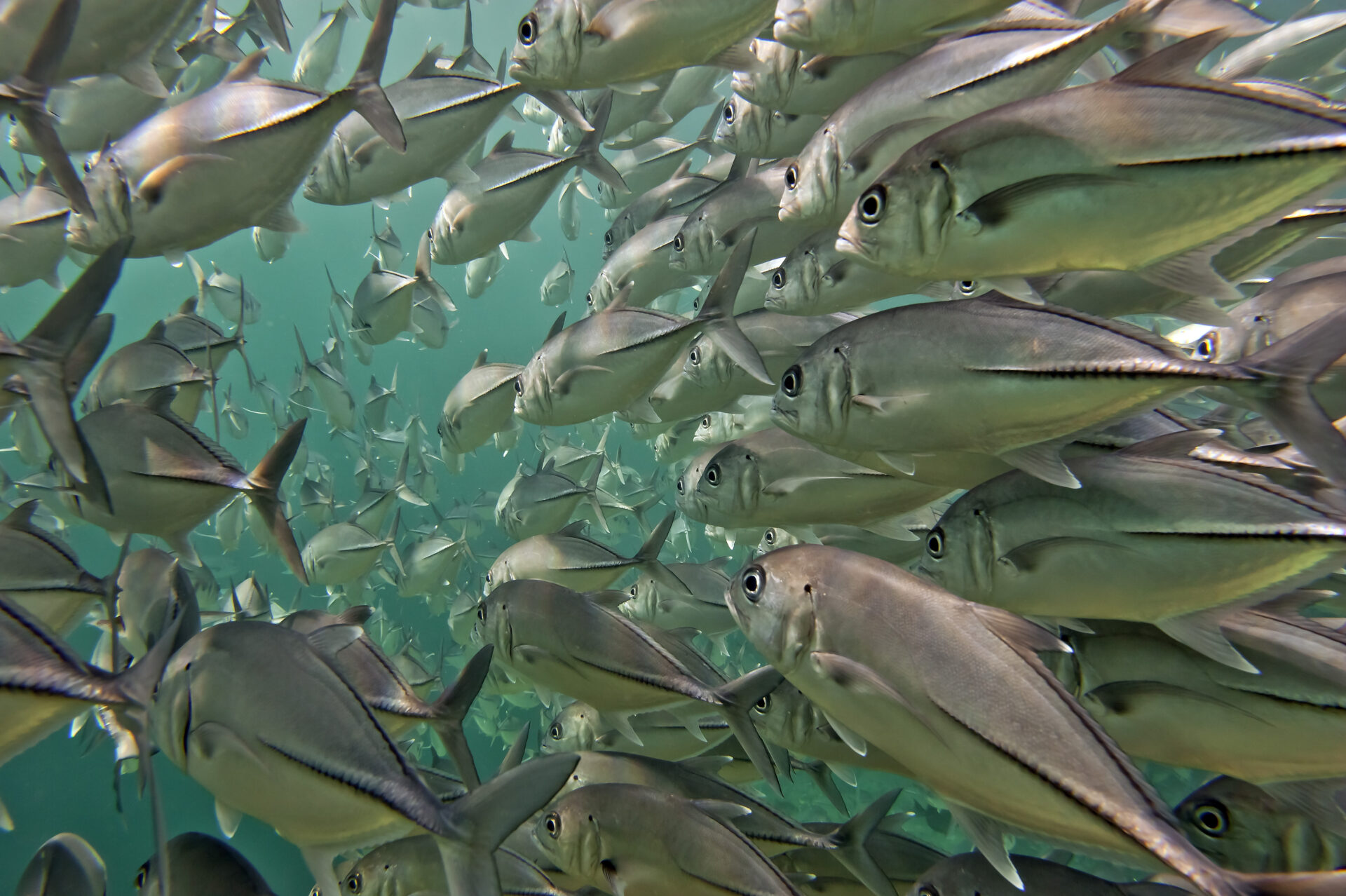
Types of Tuna You’ll Find at the Grocery Store
You will find many types of tuna at the store, ranging in flavor, texture, color, and mercury contamination. We will briefly review that here so you know what’s inside each tuna category. There are two main categories: white tuna and chunk light tuna.
- Albacore Tuna: This is the only white tuna. The meat is very light and the flavor is very subtle. These tuna can weigh up to 40 lbs. However, this category typically has some of the highest levels of mercury.
- Skipjack Tuna: This is a chunk light tuna with darker meat. These tuna typically weigh between 10-20 lbs. and grow 3 feet long. The flavor is more fishy than albacore. This category typically has less mercury than albacore.
- Yellowfin Tuna: This is a chunk light tuna with darker meat. However, this fish can get very big. A single yellowfin can weigh as much as 400 lbs. This is a less firmly textured product. This category typically has some of the least mercury, because we assume most of what is caught are smaller fish.
- Tongol Tuna: This type of tuna is rare, and we only had one sample that we were able to send to the lab. This little tuna lives in the Indo-Pacific, from the east coast of Africa to Hawaii and can average about 19-1/2 inches and 3-1/4 pounds. This is very similar to skipjack tuna in texture.
- Bigeye Tuna: This type of tuna is known for their big eyes. They can grow up to 8.2 feet in length. The term “Ahi” can refer to either Bigeye tuna or yellowfin tuna. Preferred by shashimi (sushi) lovers for higher fat content.
- Chunklight Tuna: This tuna typically refers to either Skipjack tuna or Yellowfin tuna, but can also mean a combination of many tunas that are of the light variety. This can also contain Bigeye tuna and Tongol tuna. The taste is far more fishy and strong.
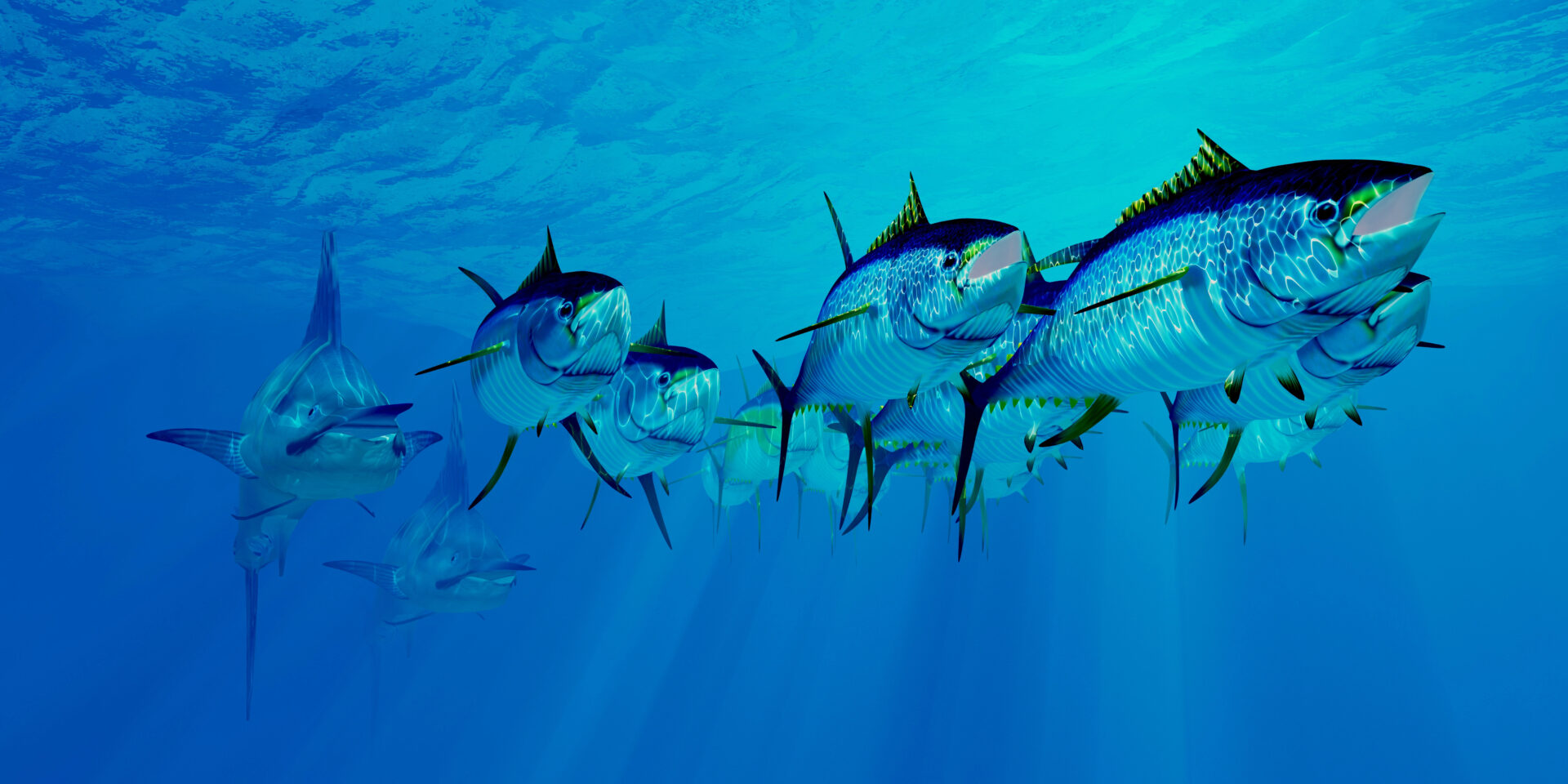
Mamavation’s Investigation of Popular Tuna Products
Mamavation community members donated most of the tuna products tested for this consumer study on mercury contamination. Donations were received from March to July of 2025. These donations came from all over the United States and Canada, ranging from chunk light tuna to albacore tuna, skipjack tuna, yellowfin tuna, and tongol tuna. We did not test any Bigeye tuna. Products represented items that the Mamavation community members consumed the most. Most tuna products were canned tunas, but we also had some tuna in pouches and glass jars. Products were received, documented, photographed, and then turned around to the lab within their original packaging.
The laboratory analyzed total mercury concentrations. We did not test any other type of seafood like salmon, trout, sardines, swordfish, tilapia, pollock, oysters, scallops, shark, or shrimp. After the results were back and tallied, we divided the products into categories, starting with the FDA’s limit of no more than 46 ppb mercury in tuna products for pregnant women and children.
- Not Our Favorite Tuna Products: 200 ppb of mercury
- Better Tuna Products: Between 200 ppb and 47 ppb of mercury.
- Best Tuna Products: Below 47 ppb of mercury
Not Our Favorite Tuna Products
These tuna products are above 200 ppb of mercury. Technically, adults are able to consume as much as 1000 ppb of mercury in tuna products according to the Food & Drug Administration (FDA). But in our opinion, the less mercury you consume, the better. Lower mercury levels are the aim.
ChunkLight Tuna Products
- none
SkipJack Tuna Products
- 365 Skipjack Tuna in Water, No salt added (can) = 201 ppb
Yellowfin Tuna Products
- Tonnino Yellowfin Tuna Premium Chunks in Spring Water (can) = 419 ppb
- Tonnino Yellowfin Tuna Fillets in Olive Oil (jar) = 319 ppb
- Tonnino Yellowfin Tuna Fillets in Spring Water (jar) = 225 ppb
- Wild Planet Yellowfin Wild Tuna (can) = 262 ppb
Albacore Tuna Products
- Bumble Bee Solid White Albacore (can) = 534 ppb
- Trader Joe’s Solid White Albacore Tuna in Water (can) = 788 ppb
- 365 Albacore Tuna in Water, No salt added (can) = 229 ppb
- American Tuna Wild Albacore, No salt added = 284 ppb
- CADIA Solid White Albacore, Unsalted (can) = 312 ppb
- StarKist Wild Caught Albacore White Tuna in Water (pouch) = 265 ppb
- Sustainable Seas Chunk Albacore Tuna in Water, No salt added (can) = 316 ppb
- Vital Choice Solid White Albacore Tuna, All natural nothing added (can) = 231 ppb
Better Tuna Products
These tuna products are between 47 ppb and 400 ppb of mercury. The FDA recommends pregnant & lactating women and small children avoid consuming tuna over 46 ppb. Adults can have up to 1000 ppb of mercury, however, we are adding the limits for subsistence amounts of 400 ppb to end this category.
Chunk Light Tuna Products
- StarKist Wild Caught Light Tuna in Water (pouch) = 108 ppb
- CADIA Chunk Light Tongol, Unsalted (can) = 47 ppb
- Chicken of the Sea Chunk Light Tuna in Water (can) = 66 ppb
- Ortiz White Tuna in Olive Oil (can) = 62 ppb
- Rio Mare Tonno all’Olio di Oliva (can) = 52 ppb
- Safe Catch Wild Elite Pure Tuna (pouch) = 51 ppb (Use discount code “MAMAVATION” for 10% off products)
SkipJack Tuna Products
- Mind Fish Co. Skipjack Tuna in Spring Water (can) = 101 ppb
- Trader Joe’s Skipjack Tuna in Water with Sea Salt (can) = 173 ppb
- Wild Planet Skipjack Wild Tuna, No salt added (can) = 181 ppb
- CADIA Chunk Light Skipjack, Unsalted (can) = 57 ppb
- Pole & Line Skipjack, No salt added (can) = 55 ppb
- Simple Truth Pole & Line Skipjack Chunk Light Tuna with Sea Salt (can) = 54 ppb
Yellowfin Tuna Products
Albacore Tuna Products
- Safe Catch Wild Albacore Tuna, No salt added (can) = 144 ppb
- Wild Planet Albacore Wild Tuna (can) = 133 ppb
Best Tuna Products
These tuna products are below 46 ppb of total mercury. The FDA recommends that pregnant & lactating women and children avoid tuna products over this amount. In other words, this is the safest category for your kids at home.
Chunk Light Tuna Products
- Bumble Bee Chunk Light Tuna in Water (can) = 16 ppb (limit 2x per week)
- Kroger Chunk Light Tuna in Water (can) = 45 ppb (limit 1x per week)
SkipJack Tuna Products
- Kirkland Signature (Costco) Solid White Tuna Skipjack in Water (can) = 39 ppb (limit 1x per week)
- Trader Joe’s Wild Skipjack Tuna Safe Catch Tested (pouch) = 6 ppb (limit 3x per week)
Yellowfin Tuna Products
- Genova Yellowfin Tuna in Extra Virgin Olive Oil (can) = 29 ppb (limit 1x per week)
- Safe Catch Wild Ahi Yellowfin Tuna (pouch) = 29 ppb (limit 1x per week) (Use discount code “MAMAVATION” for 10% off products!)
Albacore Tuna Products
- none

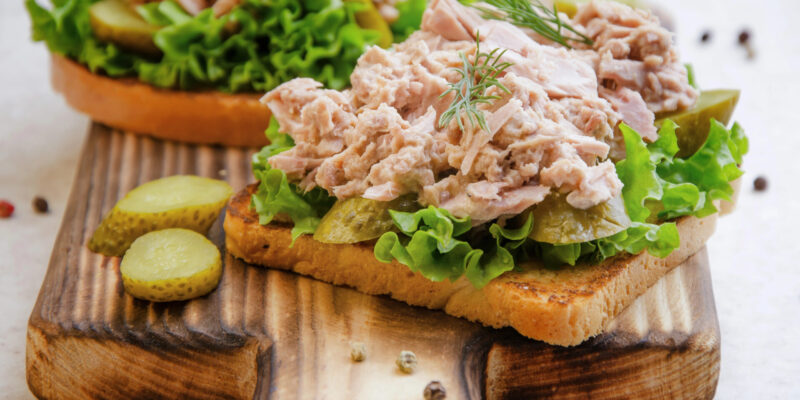

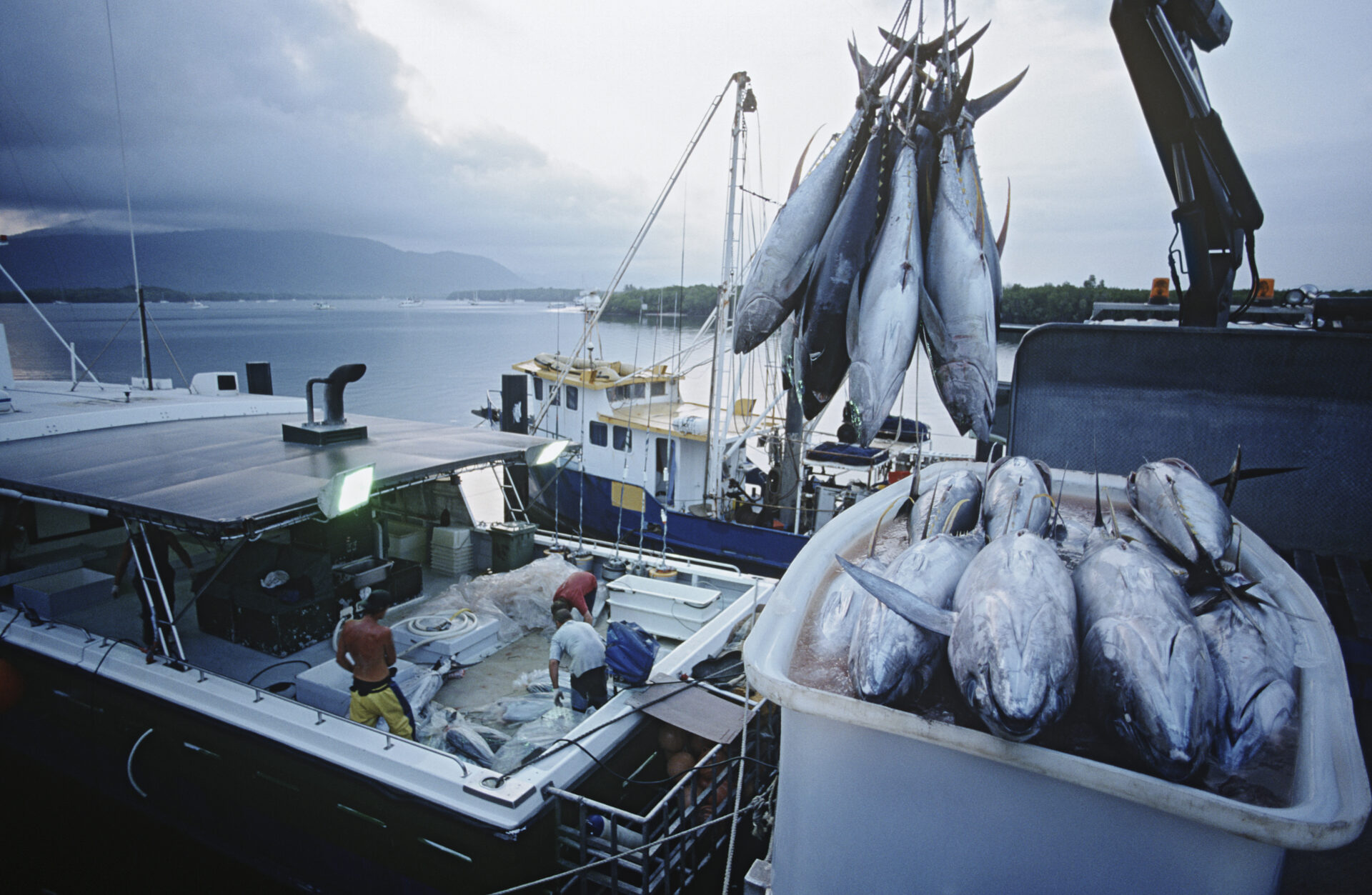
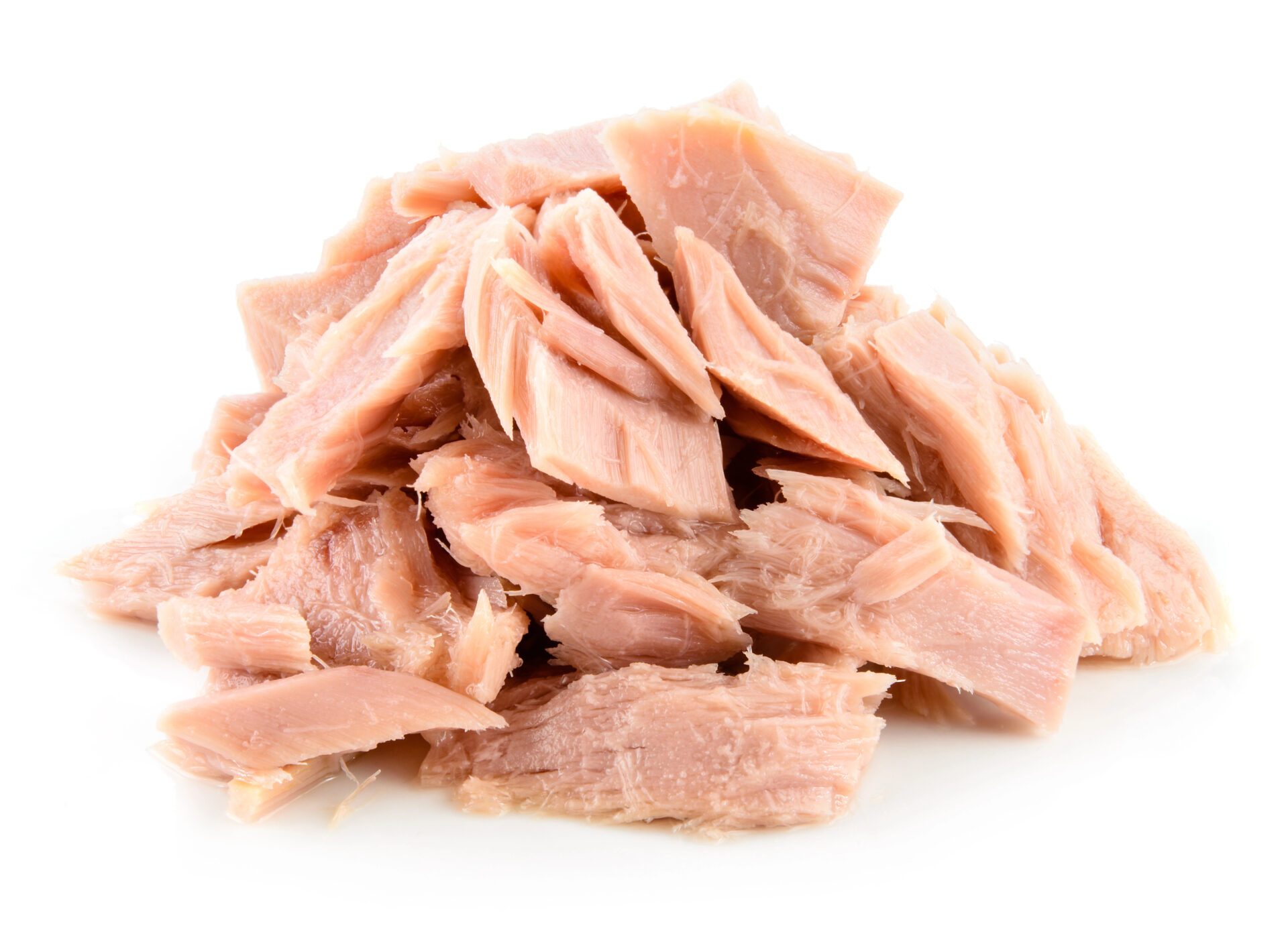
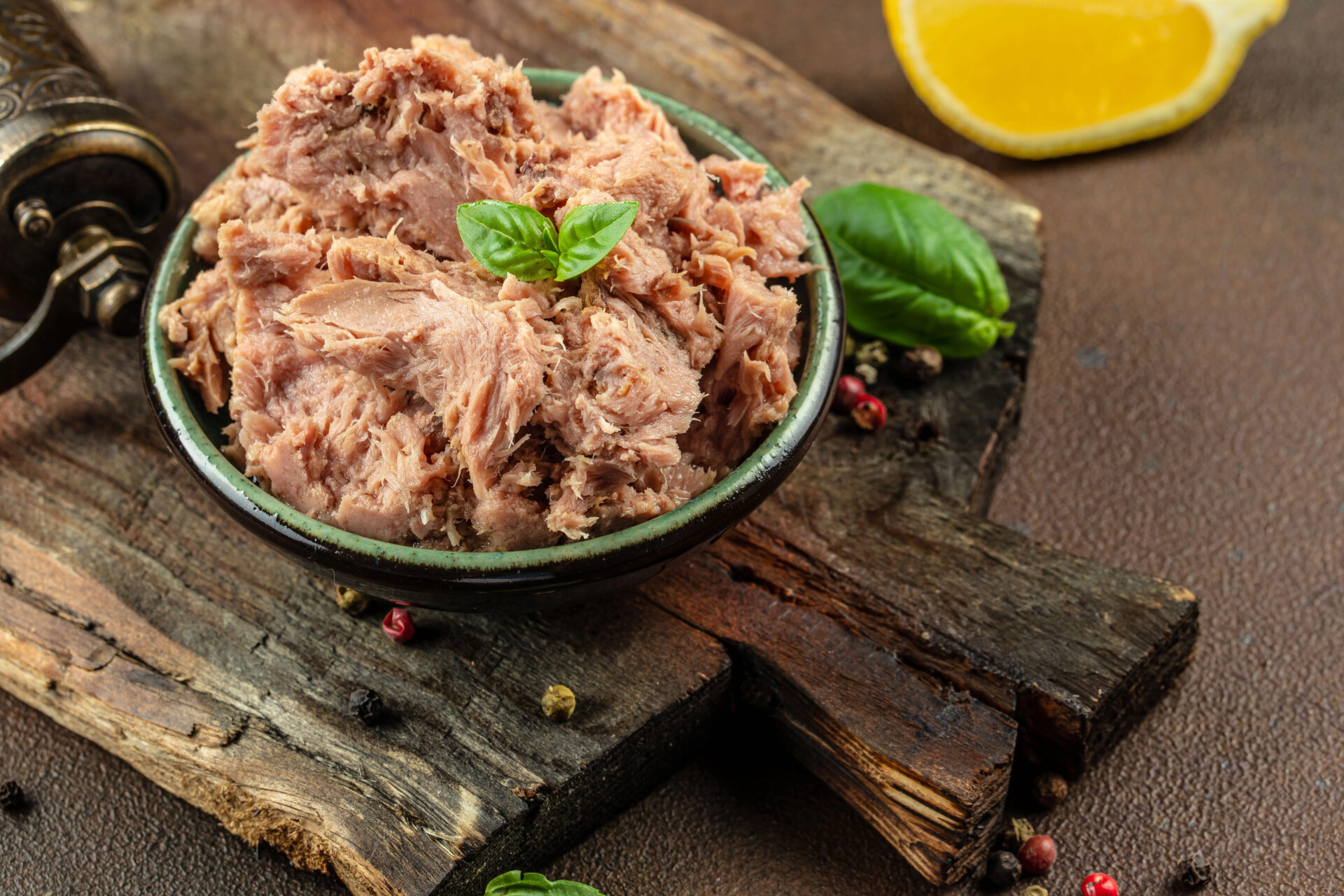
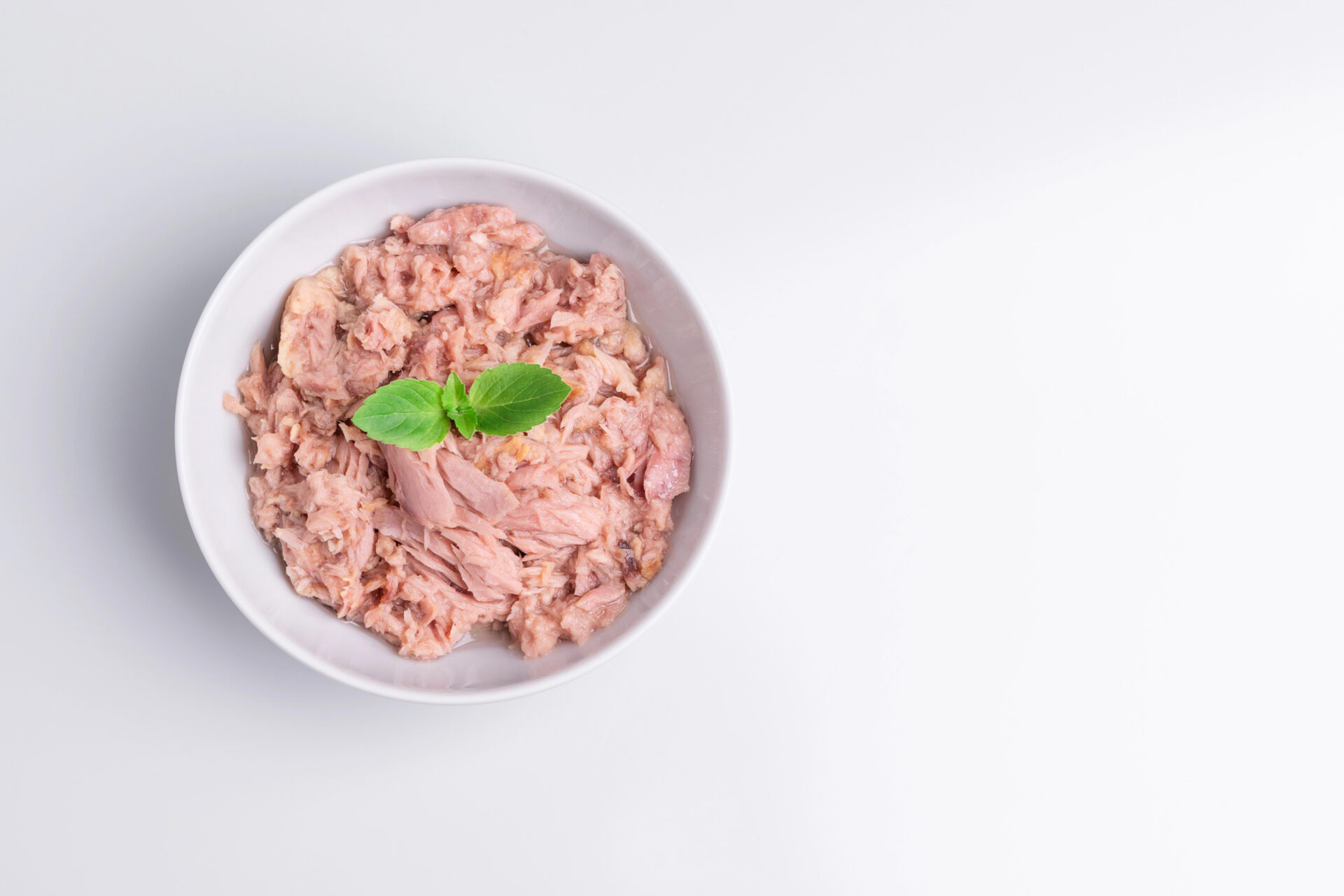
 Store Bought Pasta Tested For Indications of PFAS “Forever Chemicals”
Store Bought Pasta Tested For Indications of PFAS “Forever Chemicals”
I like your efforts, but one thing to note: Wild Planet is known for plastic-free cans. Something to consider here when choosing a tuna.
If you’re into unique mods Sprunki Incredibox should be on your playlist since Sprunki captures a strange chaotic charm that’s hard to describe
Honestly, I think she might be getting some kind of payment or benefits from the companies she’s “testing.” BumbleBee and the others she keeps recommending are known for high mercury levels, and there was even another study showing that. They’re super cheap brands, so it just doesn’t add up.In the beginning her info seemed solid, but now I wouldn’t rely on her testing at all. I bought one thing she recommended and it was completely off, so that’s when I stopped trusting her. It just feels like she’s pushing the cheapest products and calling them “the best,” which raises a lot of red flags for me.
I’d honestly just do your own research and use your own judgment. If something is too cheap, there’s usually a reason. I don’t represent any company, just speaking as a regular consumer. And personally, I wouldn’t eat tuna anyway. So yeah, I wouldn’t rely on her tests anymore.
I have only purchased Thrive Market skipjack tuna in a glass jar in olive oil (hopefully it is pure olive oil and not seed oil).
It wouldn’t seem to me that any test could be consistently accurate as they have a vast area to live in. It would depend on the state of ocean pollution at the time they were caught. No?